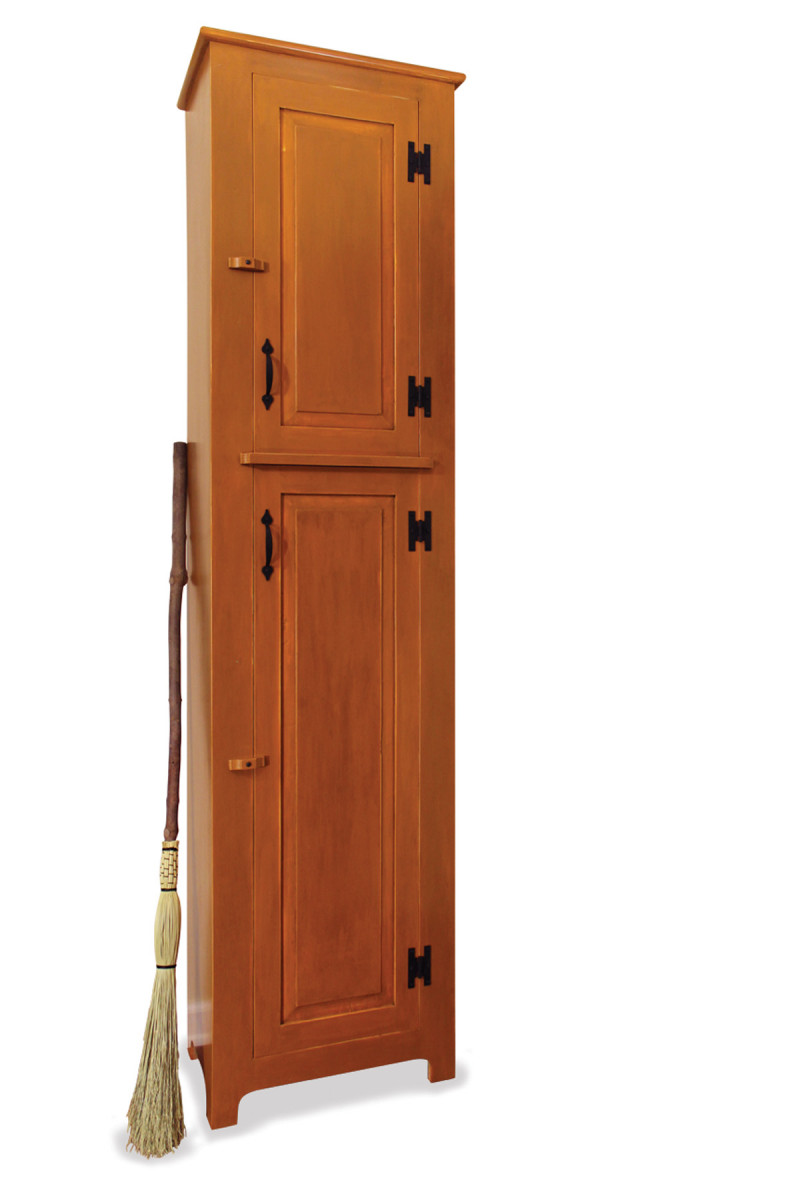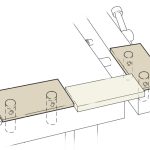We may receive a commission when you use our affiliate links. However, this does not impact our recommendations.

The best measure of success comes in the doing.
I don’t know if I am alone in this matter, but I have to admit that quite often I consider myself a couch builder.
Maybe you know the drill yourself.
You sit on a couch and read a woodworking magazine not just to get inspired – that would be fine. But somehow you imagine that it is you doing the build. And boy I know that I am efficient in those projects! A tool chest: 20 minutes maximum. A workbench: maybe 25 minutes (but that includes a cup of tea).
In my mind I can build as fast as I can read the magazine. Actually, after reading the articles a couple of times I don’t even have to read the fine print anymore. I just look at the pictures and maybe read the text accompanying them.
One of the really nice things about building this way is that there are never any surprises such as reversing grain, knots, running out of stock, wood movement, bad finishing, overcutting lines, tear-out, bad glue-ups, twisted stock or dull tools.
Actually, these builds are probably my best ones. They never go wrong – but if they by some stroke of bad luck should, fixing them would be a piece of cake.
I can’t quite remember the imaginary number of times that I have built a Roy Underhill “Joiner’s Tool Chest.” But I have built it for real once, and it was definitely not as fast as the couch builds.
The same thing goes with a chimney cupboard. Bob Rozaieski built a really nice version for Popular Woodworking Magazine some years back, and I have built it at least 10 times. It is such a pleasant project. It is guaranteed to turn out perfect every single time. Even the finish can’t go wrong. A nice homemade ochre-colored paint based on boiled linseed oil covers the perfectly handplaned boards in a jiffy. Drying is instantaneous. The dark paste wax is applied and buffed off, and after mounting the hardware without the screwdriver ever slipping, the project is once again complete.
In a way, it is very satisfying to build like this. There isn’t a project that you can’t handle, and the result is perfect every single time.
But in another way, building projects this way isn’t satisfying at all. Once you look up from the magazine, they vanish into thin air. There isn’t even the nice smell of freshly planed wood on your shirt. Those projects also tend to be difficult to show to friends and family.
The problem is that if you leave the success zone of the couch and head into the real shop, maybe you will encounter difficulties. Perhaps even setbacks. You might find that you are not quite as skilled as you thought you were. And if the project was described as something to be done in “a weekend’s time in the shop,” you had better be quicker than that because if not, it must mean that you are not as skilled as you were on the couch.
The harsh reality of my own limitations and mediocre skills always strike me full force when returning home from the ship on which I work.
For five weeks on board, I have thrived as a successful couch builder, then suddenly I am just regular me in a workshop filled with all kinds of annoying problems that the professionals never seem to have: the aforementioned reversing grain, knots, running out of stock, wood movement, bad finishing, overcutting lines, tear-out, bad glue- ups, twisted stock or dull tools.
The strange thing is, most people seem to like the stuff that I build in the real world better than what I build on the couch. So perhaps I should focus more on getting into the actual shop and stop couch building. –Jonas Jensen
Here are some supplies and tools we find essential in our everyday work around the shop. We may receive a commission from sales referred by our links; however, we have carefully selected these products for their usefulness and quality.









